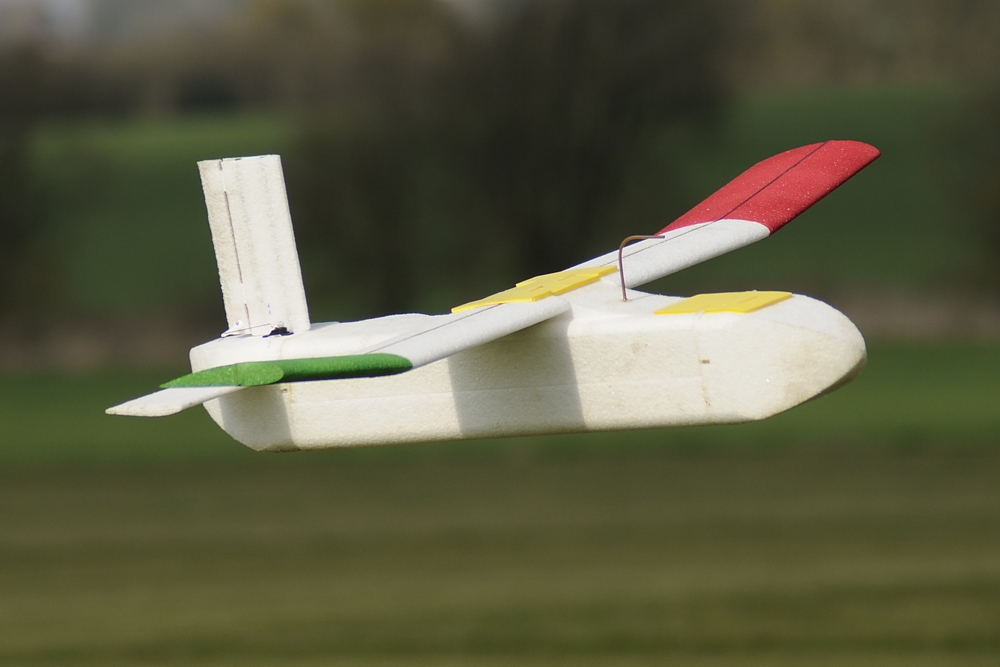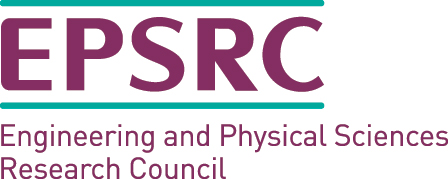Multiagent Coordination
To make best use of their combined resources, autonomous vehicles need to be able to coordinate their actions effectively, by negotiating over which actions to take, and which resources should be assigned to perform them. One way to achieve this is to use the max-sum algorithm, which works by passing messages about action values over a network. The following videos show how this can be deployed for task allocation problems involving multiple UAVs. This work was carried out in collaboration between the University of Southampton, and the Australian Centre for Field Robotics.
AAMAS 2012 DEMO from fmdf08r on Vimeo.
Platforms
Alongside ground vehicles and human operators, the Mosaic project will make use of fixed wing UAVs developed in-house at the Unversity of Southampton. Examples of aircraft previously developed at the University of Southampton are shown below.
For further information in these particular aircraft, see the Astra and Decode projects.
SULSA: 3D Printed Aircraft
ASTRA Research Glider

Onboard the ASTRA Research Glider
In this video, the first 2 minutes of flight is taken while the glider is piggybacked on top of a powered aeroplane (hence the engine noise). The final part of the video shows the glider making its own way back to earth.


